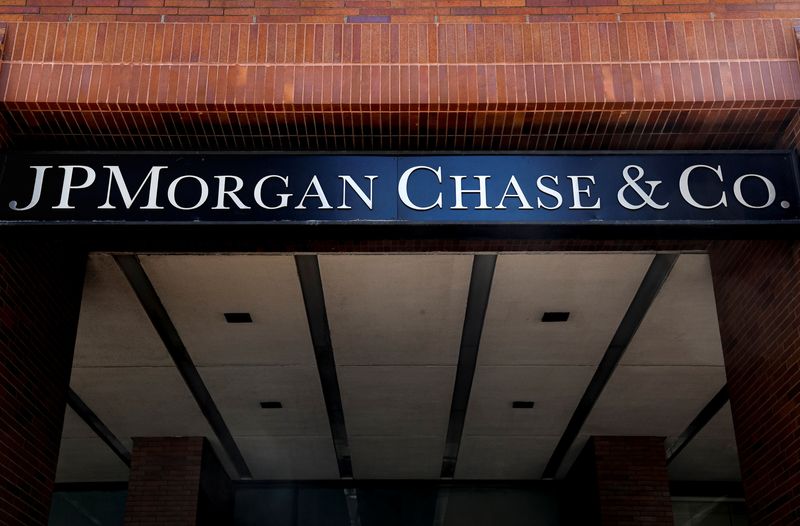Isabel Wang
6 min read
In This Article:
U.S. stocks have mounted a strong comeback, with the S&P 500 and the Dow Jones Industrial Average wiping out their 2025 losses last week. But lurking behind that optimism is one of the market’s old problems: Stocks are pricey once again.
Within just a few weeks, investors went from trimming exposure to risky assets to chasing the relief rally on solid first-quarter earnings and easing trade tensions between the U.S. and some of its major trading partners. As a result, stocks are back to being expensive, which raises questions about how far this rally can really go from here.
-
This veteran investor crunches the numbers and sees the risk of a full-blown bear market
-
Recession indicators are out of control. When will this madness end?
The forward price-to-earnings (P/E) multiple of the S&P 500 SPX, calculated by dividing its current price by Wall Street analysts’ consensus estimate for its earnings per share (EPS) for the next 12 months, surged to 21.5 as of Thursday afternoon, from 18.02 on April 8. The forward P/E ratio was also at the highest level since Feb. 28, and above the five-year average of 20.25, according to Dow Jones Market Data.
U.S. stocks on Friday wrapped up a strong week on Wall Street as investors breathed a sign of relief after officials from Washington and Beijing agreed on a 90-day pause in their tariffs, easing concerns that escalating global trade tensions could hurt the world’s two largest economies. What’s more, a batch of softer-than-expected inflation data also showed tariff policies haven’t added to price pressure in the U.S. economy — at least for now.
Also see: Stock futures fall after Moody’s strips U.S. of its top credit rating
The S&P 500 rose 5.3% last week, while the Dow DJIA jumped 3.4%, after both indexes clawed back to positive territory for the year to seal a stunning comeback just over a month after they had tumbled to recent lows amid President Donald Trump’s aggressive and far-reaching tariff plans. The tech-heavy Nasdaq Composite COMP also popped 7.2% to score its best week since April 11, according to Dow Jones Market Data.
“A lot of this rally was short-covered by hedge funds and institutions that were very convinced that the economy was in trouble and the market was going down,” said Andrew Slimmon, head of applied equity advisors and lead senior portfolio manager at Morgan Stanley Investment Management. But in fact, the solid first-quarter earnings from American companies showed “the fundamentals looking backwards didn’t validate,” he told MarketWatch in a phone interview.













